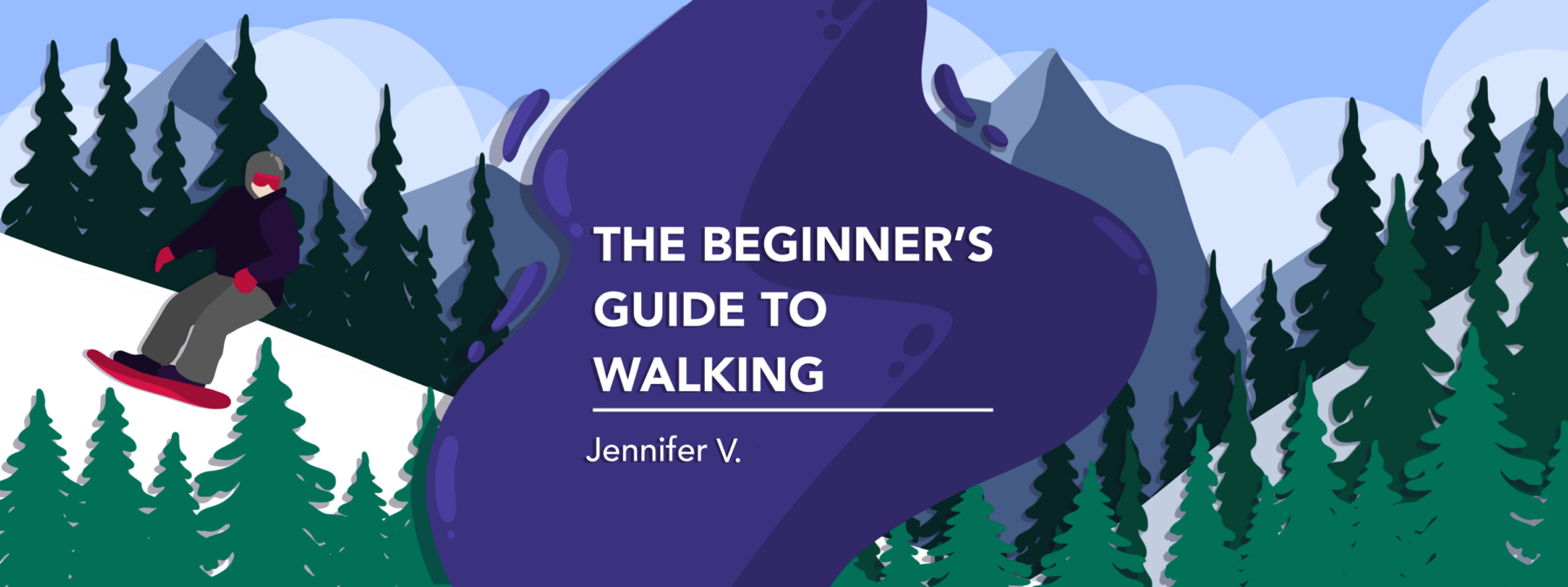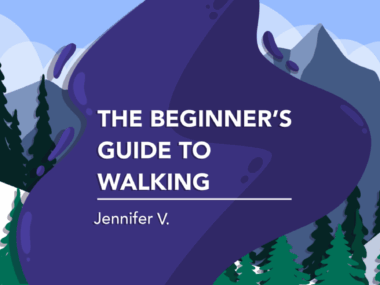I have NMOSD, and I want to climb a volcano
As I recover from a transverse myelitis episode, I'm seeking a challenging goal
Written by |

Volcán de Fuego, a volcano in Guatemala, has been struck by lightning while it erupts. Just think about that for a second — a volcano already spewing lava and ash getting electrified by the sky. It’s one of Mother Nature’s most breathtaking and fearsome displays of power. Some brave souls hike to the summit of its mostly inactive sister volcano, Volcán de Acatenango, to witness this unbelievable show from a safe distance.
But these hikes aren’t just an afternoon stroll. Volcán de Acatenango demands a vertical ascent of at least 5,000 feet, depending on where you start — a grueling, near-vertical climb that challenges even the most seasoned hikers. To put it into perspective, the steepest incline on a standard treadmill is about 15 degrees. This climb? Some estimate it to be about 80 degrees in some sections. There’s no easy way to simulate this kind of effort; you just have to face it head-on.
Despite living with neuromyelitis optica spectrum disorder (NMOSD), I want to climb Volcán de Acatenango.
That might sound crazy. It might even sound impossible. But setting goals, especially when life throws you curveballs, is essential. Living with a rare disease means navigating daily uncertainty, but it also means celebrating resilience in its purest form. You don’t have to dream of summiting a volcano to understand this principle. The real magic happens when you start small, take that first step, and then the next.
When I was recovering from a recent transverse myelitis episode, my body felt like a stranger to me. My legs trembled under my weight, and I had no sensation below my knees. The possibility of permanent paralysis loomed heavily in my mind, but I made a conscious choice: I would fight. I would set daily goals, no matter how small they might seem to the outside world, and I would celebrate every victory.
At first, my goals were humble but monumental:
- Climbing one flight of stairs without dragging myself up by the railing.
- Standing up from a chair without triggering violent spasms.
- Making it through a day without racing to a bathroom or facing a humiliating accident.
These victories didn’t come easily. Every step forward was earned with grit, sweat, and tears. But for those of us with NMOSD, or anyone who has faced the betrayal of their own body, even the smallest triumphs are heroic.
Staying accountable
One thing I’ve learned is that goals are easier to achieve when you don’t tackle them alone. Accountability matters. When you’re working toward a big dream, having a team that believes in you can make the difference between giving up and pushing forward.
For me, my family has always been my biggest cheering squad. They’ve witnessed every high and low, from the days I could barely walk across a room to the day I finally climbed the stairs unaided. I’ll never forget the moment I reached the top step, looking up to see my family clapping and cheering for me like I’d just won a gold medal. I still tear up thinking about it — not because the act was grand, but because the love behind it was.
I also have an incredible physiotherapist, someone who started as solely a professional practitioner but has also became a true friend and motivator. He’s seen me at my weakest and still believes in my strength. He introduced me to the idea of this climb up Volcán de Acatenango. He’ll be climbing right alongside me, literally, and reminding me with every step that we’re capable of more than we think.
This climb isn’t just about reaching a summit. It’s about proving to myself, and maybe to anyone who feels stuck in their circumstances, that even in the face of illness, fear, and uncertainty, we can choose courage. We can choose to keep moving forward.
Maybe your “volcano” isn’t in Guatemala. Maybe it’s rebuilding your strength after a setback, asking for help when you need it, or believing in your worth after you’ve been knocked down. Whatever your climb looks like, know this truth: Every step matters. Every goal, no matter how small it seems, is a step toward reclaiming your power.
They say it’ll take me an entire day to reach the top of Acatenango. I don’t know how many times I’ll need to rest, catch my breath, or fight through doubt. But I do know one thing: I’m going to climb my volcano. And when I do, it’ll be for every single one of us who has ever dared to dream beyond the limits life has tried to place on us because of NMOSD.
Note: Neuromyelitis News is strictly a news and information website about the disease. It does not provide medical advice, diagnosis, or treatment. This content is not intended to be a substitute for professional medical advice, diagnosis, or treatment. Always seek the advice of your physician or other qualified health providers with any questions you may have regarding a medical condition. Never disregard professional medical advice or delay in seeking it because of something you have read on this website. The opinions expressed in this column are not those of Neuromyelitis News or its parent company, Bionews, and are intended to spark discussion about issues pertaining to neuromyelitis optica spectrum disorder.





Darlene Dixon
You go girl!!!